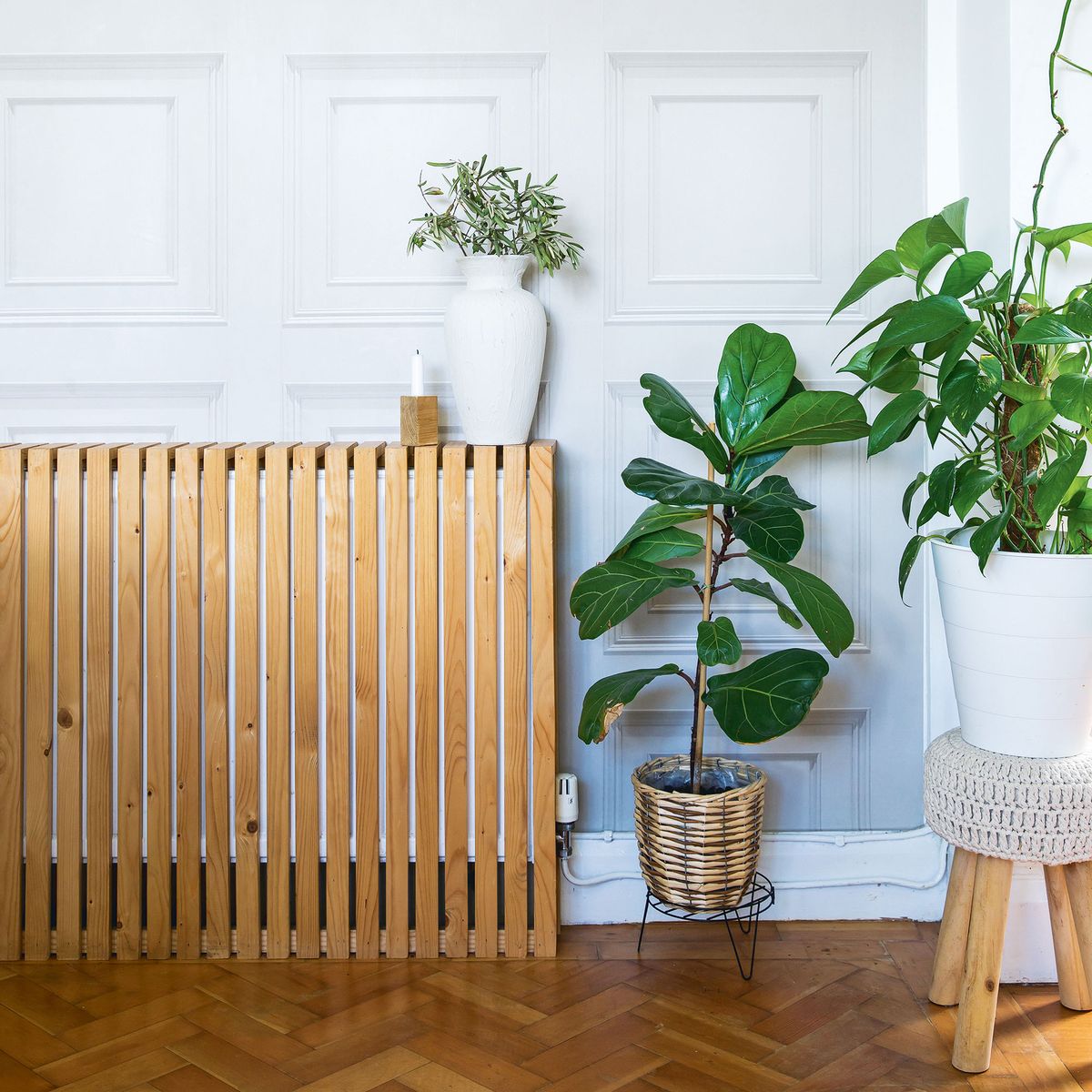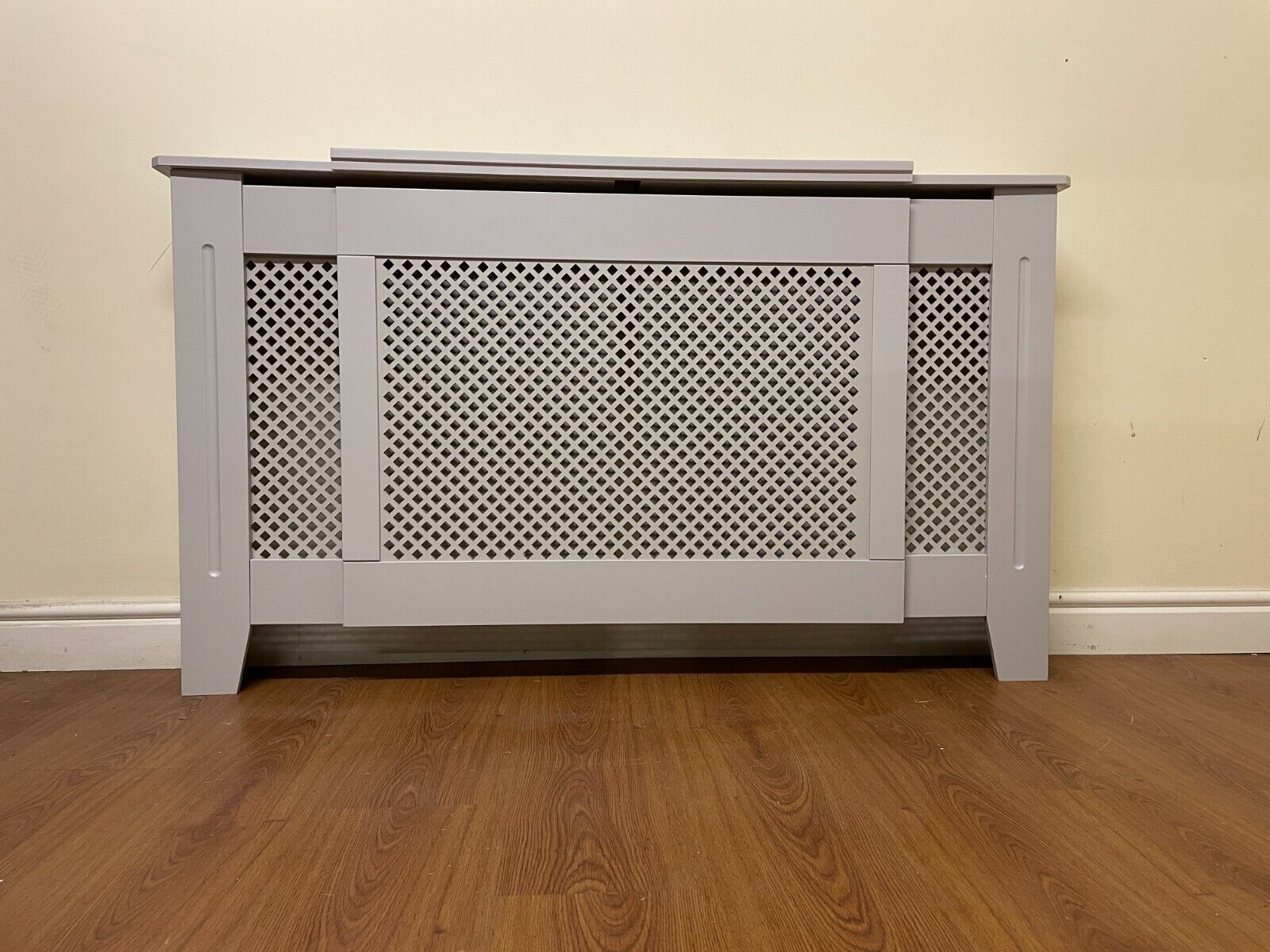Selecting the Perfect Radiator Cover: A Comprehensive Guide
Selecting the Perfect Radiator Cover: A Comprehensive Guide
Blog Article
Radiator Cover Styles: Choosing the Right Furniture for Your Space
Selecting the suitable radiator cover design is an essential choice that can improve both the functionality and aesthetic charm of your area. With a range of options readily available, from modern-day minimalist layouts to a lot more typical vintage styles, understanding the implications of each selection is vital.
Recognizing Radiator Cover Types
When considering radiator covers, it is vital to understand the different kinds offered to make sure a suitable match for both performance and looks. Radiator covers can be generally categorized into 3 key kinds: wood, steel, and bespoke options.

Metal radiator covers, on the other hand, offer a smooth and modern appearance. Generally made from materials such as steel or aluminum, these covers are long lasting and can stand up to high temperature levels. They are frequently offered in various shades and coatings, making them ideal for contemporary setups.
Bespoke radiator covers supply a tailored remedy, designed specifically for the unique dimensions and aesthetic requirements of an area. These covers can be made from a mix of products, guaranteeing both functionality and design coherence.

Understanding these kinds allows property owners to pick a radiator cover that not just hides the radiator effectively yet additionally enhances the general setting of their indoor space.
Modern Minimalist Styles
Modern minimalist layouts in radiator covers prioritize simplicity and performance while keeping a streamlined aesthetic. These styles typically feature clean lines, soft colors, and inconspicuous types that flawlessly mix into contemporary interiors. The focus gets on decluttering aesthetic area, allowing the radiator covers to offer their objective without attracting unnecessary interest.
Products frequently made use of in modern-day minimalist radiator covers consist of light-weight metals, glass, and high-grade timber. These products not just improve longevity but additionally add to a polished look. Making use of perforated patterns or open slats ensures optimum heat dissipation while still supplying an advanced look.
In addition to appearances, modern-day minimalist designs typically integrate multifunctionality. Lots of radiator covers double as shelves or decorative surfaces, providing extra energy without compromising the style values. This adaptability is particularly beneficial in smaller rooms where optimizing capability is important.
Traditional Classic Styles
Classic vintage styles in radiator covers evoke a feeling of nostalgia and timeless beauty, frequently characterized by detailed outlining and rich materials. These covers draw inspiration from different historic durations, consisting of Victorian, Edwardian, and Art Deco, each adding unique artistic components and workmanship.
Victorian layouts typically include luxuriant makings, floral concepts, and elaborate scrollwork, mirroring the splendour of the era. Edwardian styles, on the various other hand, commonly present a much more streamlined look, with delicate embellishments and lighter shades that complement the airy visual of the duration. Art Deco introduces vibrant geometric shapes and luxurious finishes, weding function with striking aesthetic allure.
Making use of vintage radiator covers not just offers a useful purposeâEUR" concealing undesirable radiators and giving added surface areaâEUR" but also boosts the general design of a space. They act as novelty, including depth and character to areas varying from conventional to eclectic. When selecting a timeless vintage radiator cover, think about exactly how its design straightens with the existing furnishings and architectural features of your home, making sure a cohesive and unified setting that commemorates classic beauty.
Finding Materials and Finishes
Picking the appropriate products and coatings for radiator covers is crucial in achieving both aesthetic allure and resilience. The option of material can substantially influence the total look of the room while likewise determining the long life of the cover. Common products include pop over to this site timber, steel, and composite options, each offering distinctive benefits and designs.
Metal covers, such as those made from steel or light weight aluminum, use a modern appearance and superior sturdiness, able to stand up to higher temperature levels without endangering stability. These finishes can be powder-coated or painted to enhance their aesthetic charm.

Integrating Covers With Existing Decoration
Incorporating radiator covers with existing decor needs a thoughtful method to guarantee harmony within the room. To accomplish this, take into consideration the overall style of your roomâEUR" whether it is modern, traditional, or diverse. Select a radiator web cover that enhances the existing furnishings and building details, such as crown molding or window trim.
Color control plays an essential role; a cover repainted in a color that mirrors various other aspects in the area can create a cohesive appearance. A contrasting finish can offer as a declaration piece, improving the visual rate of interest of the area.
Additionally, focus on the product of the radiator cover. Wood covers can lend warmth and an all-natural feel, while steel alternatives might provide a smooth, modern visual. Patterns or attractive cutouts can additionally be employed to connect other layout themes present in your style.
Lastly, take into consideration the useful aspect of the cover. Guarantee it enables adequate warm circulation while additionally giving a level surface for decorative products or plants, hence boosting both appearances and use. Thoughtful combination of radiator covers can raise the total atmosphere of your space.
Conclusion
The selection of an ideal radiator cover style plays an important function in improving both the practical and aesthetic elements of an area. By taking into consideration numerous styles, such as contemporary minimalist and classic vintage styles, in addition to appropriate products and coatings, a harmonious combination with existing decoration can be accomplished. Ultimately, the best radiator cover not just conceals home heating components properly yet likewise adds to the total ambiance and decoration cohesion of the interior environment.
Choosing the suitable radiator cover design is an important choice that can improve both the functionality and visual allure of your area.Modern minimal layouts in radiator covers prioritize simpleness and functionality while maintaining a sleek aesthetic. Numerous radiator covers double as shelves or ornamental surfaces, supplying added energy without endangering the style principles - Radiator cover.The use of classic radiator covers not only offers a practical purposeâEUR" concealing unsightly radiators and providing extra surface area areaâEUR" yet also boosts the general decoration of an area. When picking a timeless vintage radiator cover, consider just how its layout lines up with the existing home furnishings and architectural features of your home, guaranteeing a harmonious and cohesive environment that my company commemorates ageless beauty
Report this page